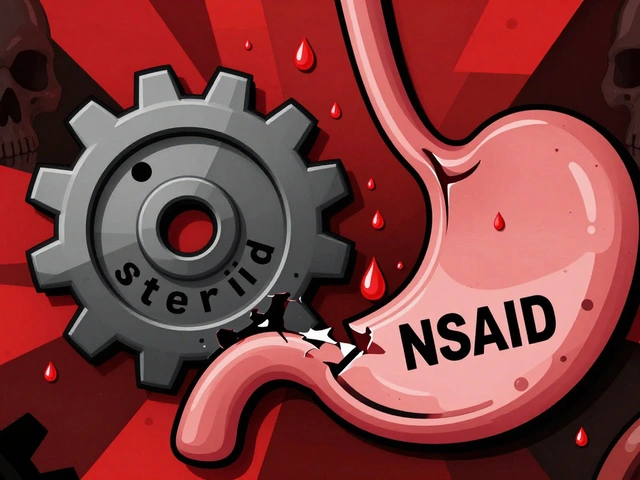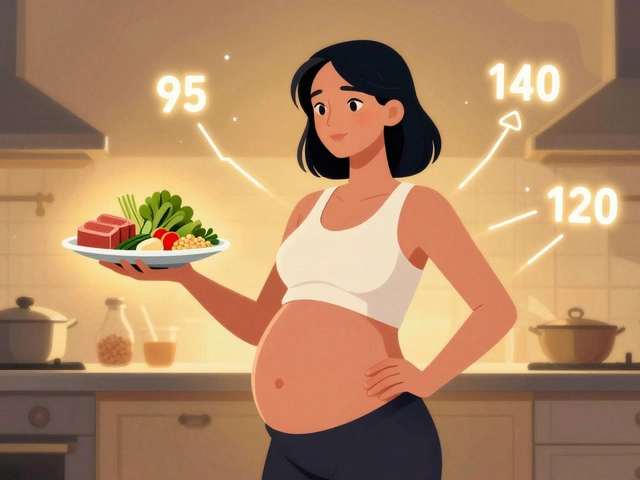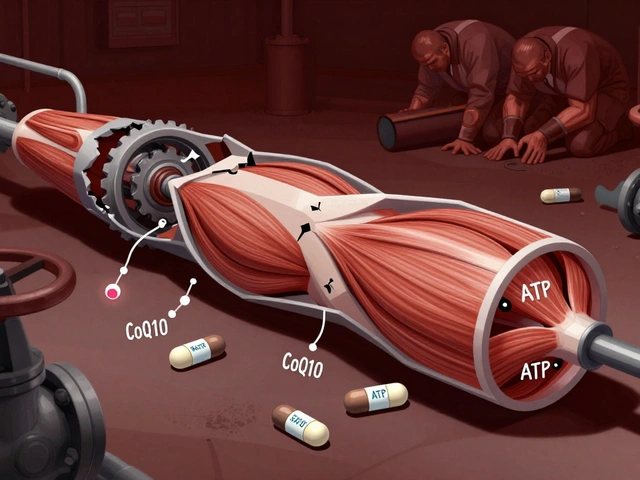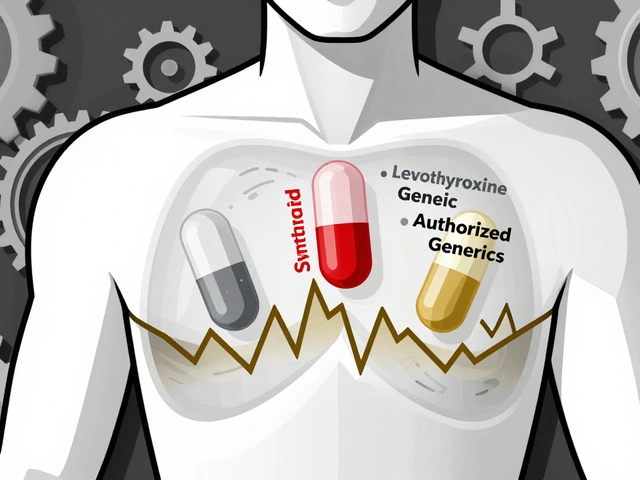Public Health: Medication Guides, Safety Tips & Community Insights
When working with Public Health, the science of protecting and improving community health through organized efforts. Also known as community health, it focuses on prevention, education, and equitable access to care.
One cornerstone of public health is ensuring people can afford generic medication, low‑cost, bioequivalent versions of brand‑name drugs. When generic meds are widely available, overall disease burden drops, hospital stays shrink, and budgets stretch further. This ties directly to drug affordability, a key factor in population‑wide health outcomes.
Another critical piece is drug comparison, side‑by‑side analysis of efficacy, safety, cost, and usage guidelines for medicines. Clear comparisons empower patients and providers to choose the right treatment, which reduces misuse and adverse events. In public health programs, standardized comparison charts help clinicians follow evidence‑based protocols, boosting consistency across clinics.
Unfortunately, health misinformation, false or misleading health claims that spread through media and word‑of‑mouth can undermine these efforts. Rumors about vaccines, myths about blood clots, or exaggerated side‑effect stories cause hesitancy and reduce uptake of proven interventions. Public health agencies counter this by promoting accurate education and rapid fact‑checking.
How These Elements Shape Community Well‑Being
Public health encompasses disease prevention, which means targeting risk factors before illness strikes. By promoting vaccination, encouraging regular screenings, and supporting clean water initiatives, communities see lower infection rates and longer life expectancy. Access to generic medication dovetails with prevention: affordable antihypertensives, antidiabetics, and antibiotics keep chronic conditions in check, limiting the need for costly emergency care.
Effective drug comparison supports prevention too. When clinicians can see that a cheap generic statin offers the same cholesterol‑lowering power as a pricey brand, they’re more likely to prescribe it, lowering heart disease risk across the population. This synergy—affordable meds plus clear data—creates a feedback loop that strengthens overall health resilience.
Combatting health misinformation requires community education, a core public health function. Programs that teach people how to spot reliable sources, interpret dosage instructions, and understand side‑effect profiles reduce panic and improve adherence. For example, debunking blood clot myths encourages patients to follow anticoagulant therapy when needed, preventing life‑threatening events.
Each of the articles in this collection reflects a piece of that larger puzzle. You’ll find step‑by‑step guides on buying cheap generic Bactrim, Clomid, or Lisinopril safely online—directly addressing medication affordability. Comparison pieces on Benoquin cream, Diclofenac SR, or Levitra walk you through choosing the right product based on efficacy and price. Articles on swelling, mindfulness after surgery, and blood clot myths tackle misinformation and self‑care practices that impact public health outcomes.
By reading through, you’ll see how personal medication decisions tie back to community health goals. Whether you’re a patient seeking a low‑cost prescription, a caregiver comparing treatment options, or a health worker looking for ways to correct myths, the content here provides actionable insights that align with public health priorities.
Now that you understand the links between generic access, drug comparison, misinformation, and disease prevention, explore the detailed guides below. They’ll give you concrete steps, safety checks, and comparison tables you can apply right away, helping you contribute to a healthier community.

How Education Helps Prevent Alcohol Dependence Syndrome
Explore how targeted education-both in schools and communities-can stop the rise of Alcohol Dependence Syndrome, with data, practical steps, and a clear comparison of strategies.
read more




